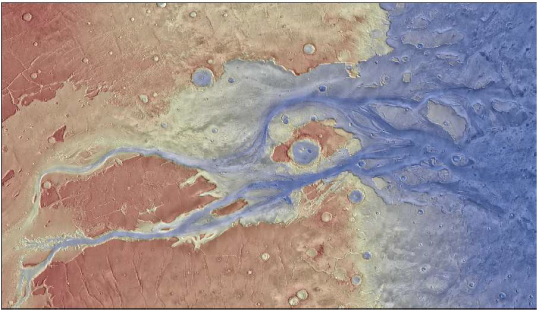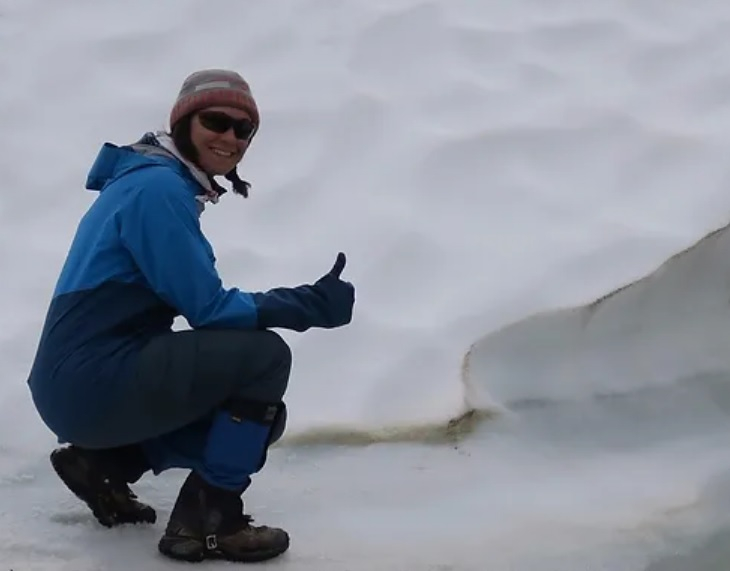ERC “Starting”: a scientist from Nantes deciphering the formation of mega-canyons on Mars
International press release published on September 5, 2024

- The European Research Council is a body of the European Union responsible for coordinating research efforts between EU member states.
- The European Research Council is also the leading pan-European funding agency for “research at the frontier of knowledge”, notably through the award of research excellence grants.
- One of these grants, known as “starting”, supports exploratory research projects over a maximum duration of 5 years, with a budget of 1.5 million euros. It is aimed at scientists who obtained their doctorate between 2 and 7 years ago.
On Thursday, September 5, 2024, the European Research Council (ERC) announced the results of the “ERC Starting Grant 2024” call, which this year will fund 494 researchers who are recognized in their field, both nationally and internationally, for a total of 780 million euros from the Horizon Europe program. Anna Grau Galofré, a CNRS researcher at the Laboratoire de Planétologie et Géosciences (Nantes, France), has been awarded one of these grants to work on the formation of mega-canyons on Mars.
The aim is to understand how Mars went from a habitable climate to a cold, inhospitable desert we know today.
Mars was home to water over 3 billion years ago, flowing through thousands of valleys, collecting in lakes inside craters, freezing in ice sheets and possibly forming oceans. The Martian climate collapsed with the continued loss of the planet’s atmosphere some 3.5 to 3 billion years ago, disrupting its water cycle. During this transitional period, the mega-canyons (or outflow channels) were formed. These are some of the largest erosive landforms in the Solar System. The largest of these, Kasei Valles, is so vast that the volumes of water involved in its formation represent a significant fraction of Mars’ total water inventory, and its outflow could have filled an ocean in the Martian lowlands. Current thinking assumes that Kasei Valles was formed by a gigantic flood from the catastrophic release of an aquifer, based on similarities with ancient flood sculpted terrains on Earth.
With her ICEFLOODS project, funded by the European Research Council, CNRS researcher Anna Grau Galofré aims to challenge this view, investigating the hypothesis that Kasei Valles was formed by a rapid glacial flow within an ice cap, using new fluid dynamics simulations, analyses of analogous terrestrial terrains, mapping and climate modelling.

Anna Grau Galofré has been investigating the formation of Martian landscapes since her PhD thesis on Martian valley networks at the University of British Columbia in Canada. She studied the role of low Martian gravity on glacial erosion at the University of Arizona (USA) and the fingerprints of past glaciations on Earth and Mars when she joined the CNRS in Nantes. If her hypothesis of glacial erosion is correct, it would radically alter our understanding of Mars’ climatic collapse and the nature of its ancient water cycle.

Published on September 5th, 2024

